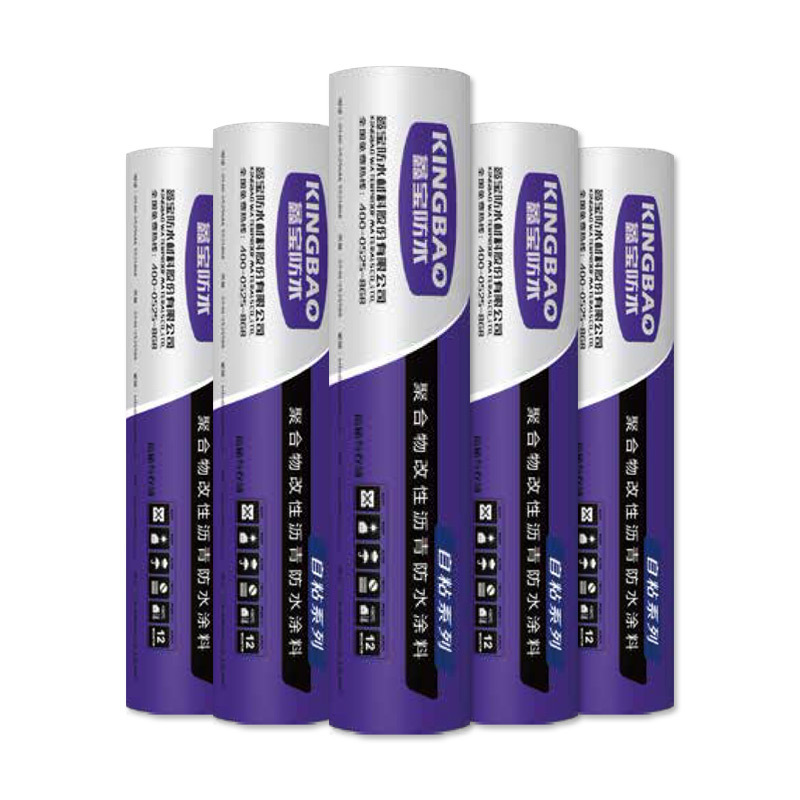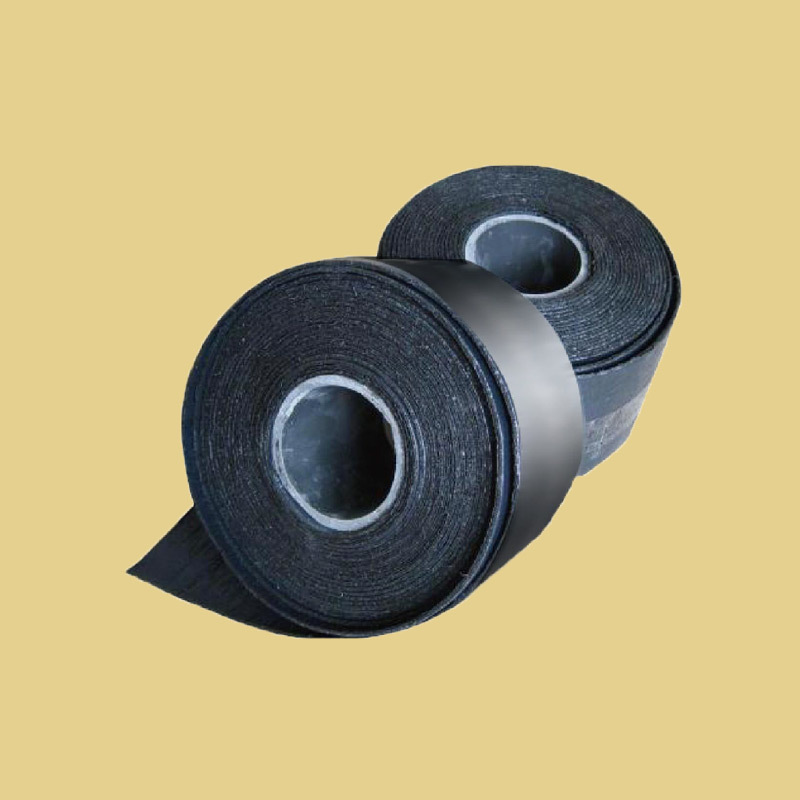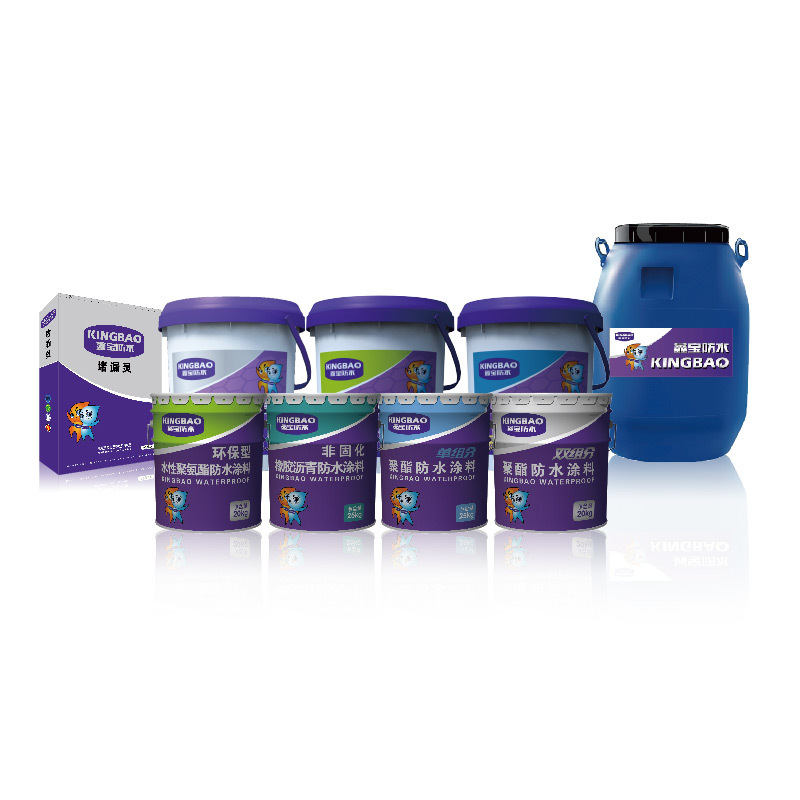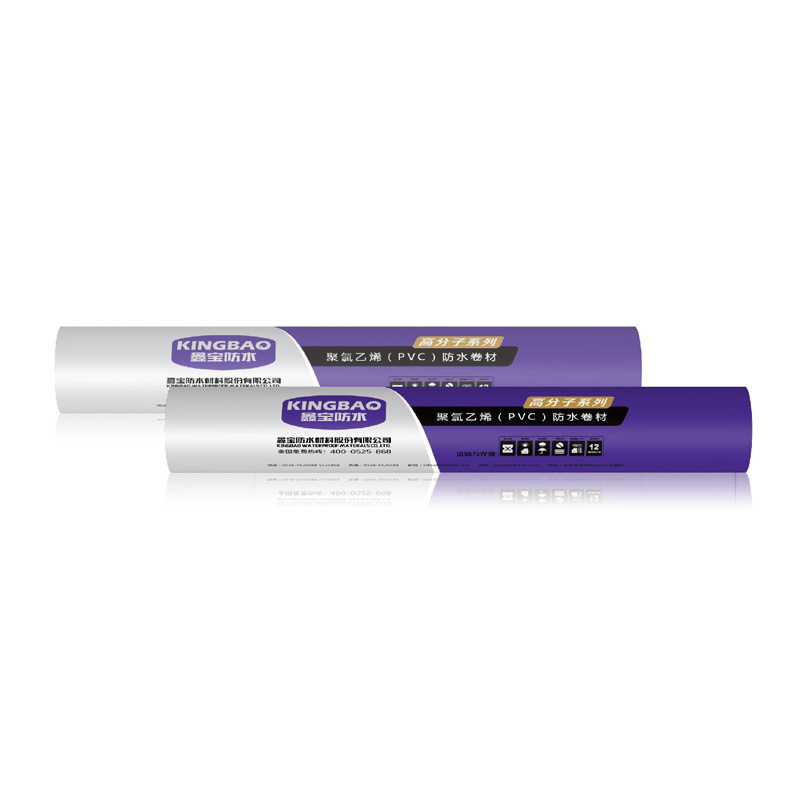
Polymer HDPE/EVA/PVC/TPO asphalt based self-adhesive waterproofing membrane
Current Product Classification
- 产品描述
-
Product Presentatio
Polymer self-adhesive waterproofing membrane is a type of waterproofing membrane developed for subway engineering and underground pipe galleries, which can form a strong anti bonding with the pre laid concrete structure. This roll is mainly made of resin polymer (HDPE/EVA/PVC/TPO, etc.) sheets as the main waterproof material, and covered with self-adhesive adhesive on the polymer waterproof substrate. After the self-adhesive layer of the roll material reacts and solidifies with the concrete slurry, it forms a seamless bond between the waterproof layer and the concrete structure, eliminating the hidden danger of interlayer water leakage and effectively improving the reliability of the waterproof system. This series of self-adhesive rolls combines the advantages of polymer waterproofing rolls and self-adhesive rolls, greatly improving their properties such as root puncture resistance, weather resistance, self-healing, and high and low temperature resistance. They have superior physical properties and more stable chemical properties. Compared with traditional tunnel waterproofing boards, they have the following significant characteristics:
The self-adhesive adhesive layer has self-healing function and high elongation.
★ Has high tensile and tear resistance.
★ Good adhesion and sealing, effectively preventing water leakage.
★ Excellent acid, alkali and other chemical properties.
★ The product is non-toxic and odorless, meets environmental requirements, and is easy and fast to construct.
★ It has ideal resistance to root and stem infiltration and is the best protective layer for waterproof structures of green layers such as tunnels, underground warehouses, underground workshops, bottom plates, top plates, and squares.
Product Features
★ This product is not affected by moisture on the construction surface, and can be applied as long as there is no visible water. It can be pre laid or wet laid.
★ This product is a multi-layer composite waterproof material, including a layer of polymer composite sheet and a self-adhesive adhesive layer, which is a composite waterproof material.
★ The product can have a range of 2m, reducing overlap and lowering costs compared to similar products both domestically and internationally, while increasing insurance coverage.
Scope of Application
This product is mainly used for waterproofing of underground tunnels, underground pipe galleries, high-speed trains, subways, and buildings. It can also be used for waterproofing of roofs with protective layers, underground buildings, and landfill sites.
Storage and Transportation Mode
★ Self adhesive roll material
Construction process: Clean the base layer → Apply base treatment agent → Node treatment → Lay waterproof membrane → Overlap and end treatment of membrane → Quality acceptance.
(1) Node processing: The roots of pipes such as rainwater pipes and wall penetrating pipes need to be sealed before laying additional layers; Additional layers should be applied to corners such as internal and external corners, flat and vertical corners, expansion joints, construction joints, etc. The horizontal and vertical widths of the additional layers should be greater than 250mm
(2) Laying waterproof membrane: First, determine the sequence and direction of membrane laying, and mark the line on the base layer. Then, when laying self-adhesive waterproof membrane, remove the isolation paper and lay the adhesive side along the reference line. As the isolation paper (film) is removed, roll the surface of the membrane and squeeze out the air to ensure the initial bonding strength. The longitudinal lap joint of the roll material should be straight, with a lap joint width of 30-50mm. Use a roller to press it firmly to ensure that the waterproof roll material is firmly bonded to each other.
★ Reverse laying method for mechanically fixing rolls
Construction process flow: Clean the base layer → Place the polymer composite self-adhesive waterproofing membrane in place → Nail and fix the waterproofing membrane → Overlap and seal the nail position → Quality acceptance
(1) Cleaning the base layer: The base layer should be flat, solid, and free of visible water. Any protrusions on the base layer should be removed completely.
(2) Polymer composite self-adhesive waterproofing membrane in place: Attach the non self-adhesive surface of the polymer composite self-adhesive waterproofing membrane tightly to the leveling layer. Then mechanically fix the waterproof membrane, and use steel nail washers at a distance of 30mm from the edge along the longitudinal direction of the membrane to fix it to the base layer at a spacing of 500-1000mm.
(3) Overlap sealing at the nail shooting location: An adjacent self-adhesive roll material is overlapped with a width of 100mm and covered on top of the steel nail gasket to fix the roll material, and bonded to the already fixed roll material.
★ Empty laid roll material
Construction process flow: Clean the base layer → Strengthen the nodes → Lay the empty roll material → Paste and overlap the long and short edges → Finish the roll material → Quality acceptance
Product Consulting
Copyright @ 2024 Xinbao Waterproof Material Co., LTD






